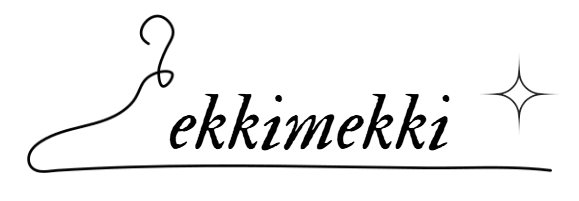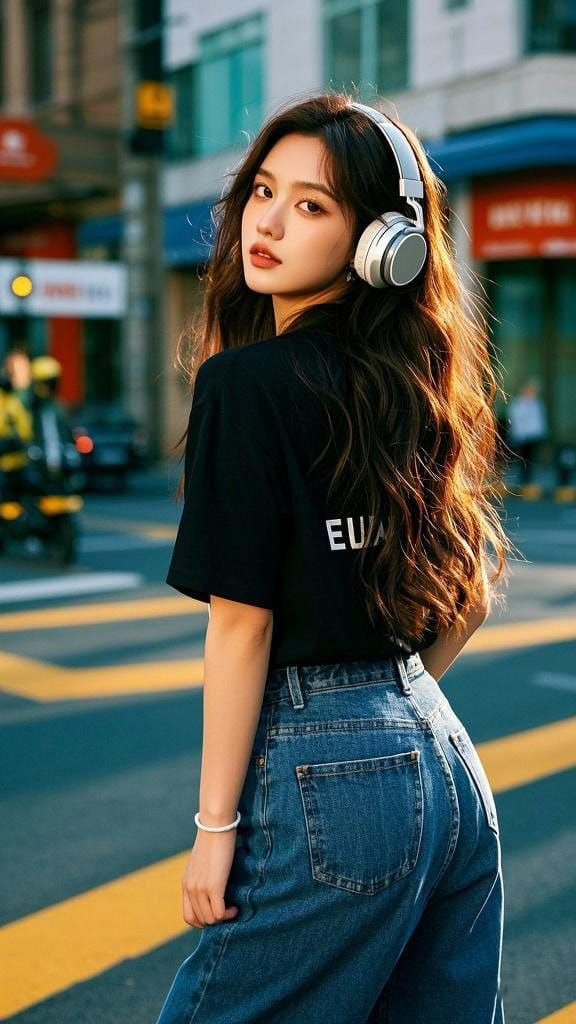Fashion is often approached as a matter of aesthetics, a visual art form concerned with colors, fabrics, and styles. Yet beneath the surface, fashion carries profound psychological weight, influencing not only how others see us but also how we see ourselves. Every choice of clothing becomes an act of communication, a subtle performance of identity that shapes our emotions, confidence, and interactions with the world. The psychological dimensions of fashion reveal its role as a silent but powerful force in everyday life, guiding human behavior, shaping self-perception, and influencing social dynamics.
The first and perhaps most striking psychological function of fashion is its impact on self-esteem. The garments people choose to wear often serve as an extension of their inner selves, offering affirmation and reassurance. Putting on a well-fitted suit or an elegant dress can transform posture, body language, and mood, instilling a sense of competence and control. Psychologists have described this as “enclothed cognition,” a phenomenon where clothing affects not only outward appearance but also internal mental states. When individuals dress in a way that aligns with their aspirations, they often feel closer to becoming the version of themselves they wish to project. In this sense, fashion becomes a tool of self-empowerment, providing confidence in moments that require courage and composure.
Fashion also functions as a psychological buffer in social contexts. Humans are deeply social beings, and clothing offers a way to navigate the complexities of group belonging. Outfits can serve as signals of conformity, helping individuals integrate into communities, or as symbols of rebellion, marking a desire to stand apart. For instance, teenagers experimenting with edgy streetwear or alternative styles are often not just making aesthetic choices but also testing boundaries, asserting independence, and seeking identity in the face of societal expectations. These choices carry profound psychological weight, shaping the individual’s sense of self in relation to others.
The link between fashion and emotion is another fascinating dimension. Colors, textures, and styles can influence moods in subtle yet significant ways. Bright hues like yellow or red may evoke feelings of energy and optimism, while darker shades such as navy or black can instill seriousness and authority. Soft fabrics may offer comfort and security, while structured clothing may encourage discipline and focus. People often dress according to their emotional states, but clothing can also alter those states, serving as a form of emotional regulation. Choosing an outfit thus becomes an everyday psychological ritual, a way of aligning inner feelings with outward presentation.
Fashion also shapes perceptions of credibility and authority. In professional contexts, attire often plays a decisive role in first impressions. Studies have shown that individuals dressed in formal clothing are perceived as more competent and trustworthy, even before they speak. This psychological effect underscores the silent power of clothing in shaping careers, negotiations, and leadership. At the same time, workplaces are increasingly embracing casual dress codes, reflecting a shift in values toward creativity and inclusivity. The psychological implications of this shift are significant, as employees feel freer to express individuality, reducing stress and fostering a sense of belonging.
The body-image dimension of fashion reveals another layer of its psychological influence. For decades, industries promoted narrow definitions of beauty, pressuring individuals to conform to unrealistic ideals. This led to widespread struggles with self-acceptance and self-worth. Yet in recent years, fashion has undergone a transformation toward inclusivity, celebrating diverse body types, genders, and identities. This shift has had profound psychological effects, empowering individuals to embrace authenticity rather than suppress it. Campaigns showcasing real people instead of unattainable perfection demonstrate fashion’s ability to heal and liberate, turning it into a source of affirmation rather than judgment.
Fashion’s psychological power extends beyond individuals to entire societies. Trends often emerge in response to collective moods, reflecting optimism, anxiety, rebellion, or nostalgia. For example, periods of economic hardship have historically been associated with more conservative clothing, while times of prosperity often usher in extravagance and experimentation. After global crises, fashion often becomes brighter and bolder, symbolizing resilience and renewal. These patterns reveal fashion as a barometer of collective psychology, recording and expressing the emotional states of societies as a whole.
The role of fashion in gender identity is particularly significant. Clothing has long been used to enforce traditional gender roles, with rigid distinctions between men’s and women’s attire. Yet as societies evolve, fashion has become a platform for challenging these norms, allowing individuals to explore and affirm identities beyond binaries. Gender-fluid and androgynous fashion movements offer psychological liberation to those who previously felt constrained by societal expectations. By breaking down barriers, fashion enables individuals to align outer appearance with inner truth, creating harmony between self-perception and self-expression.
Fashion also intersects with memory and nostalgia, carrying deep psychological associations. A particular outfit may recall a special moment, a relationship, or a milestone, transforming clothing into a vessel of personal history. People often keep garments not for their practical use but for the emotions they evoke, treating them as symbols of cherished experiences. In this way, fashion becomes intertwined with memory, creating emotional continuity across time. It allows individuals to revisit the past, relive emotions, and carry stories into the present.
The digital age has introduced new psychological dimensions to fashion. Social media has turned style into a performance for global audiences, heightening both the opportunities and pressures of self-presentation. On one hand, digital platforms allow for unprecedented creativity and community, enabling individuals to find affirmation in like-minded groups. On the other hand, the constant exposure to curated images can fuel anxiety, comparison, and self-doubt. The psychological impact of this duality demonstrates how fashion, amplified by technology, shapes modern identity in complex ways. It reflects the tension between authenticity and performance, between empowerment and insecurity.
Ultimately, the psychological power of fashion lies in its capacity to shape both individual and collective realities. It offers tools for self-expression, shields against insecurity, enhances confidence, and fosters belonging. It reflects emotions, transforms moods, and captures the unspoken language of identity. In societies, it becomes a mirror of values, anxieties, and aspirations, recording the hidden psychology of an era through fabric and form.
Fashion, when viewed through this psychological lens, is no longer a superficial concern but a profound human necessity. It speaks to the universal desire to be seen, understood, and accepted. It reveals how clothing can both conceal and reveal, protect and expose, bind and liberate. Above all, it demonstrates that every choice of attire is a psychological act, carrying meaning that extends far beyond the surface.
As humanity continues to evolve, fashion will remain a companion not only to style but to the human psyche itself. It will empower individuals to explore identity, confront insecurities, and embrace transformation. The garments we wear are not merely threads woven together but extensions of the mind and spirit, silent yet powerful expressions of the psychological journey of life.

